Australian Patient Receives Stem Cell Treatment for Incomplete Spinal Cord Injury
Ben Magree got into an accident that left him with an Incomplete Spinal Cord Injury where he lost movements in his toes and had difficulty walking. In pursuit of a treatment that would alleviate his condition, this 30 year-old man from Australia found the Stem Cell Treatment with Verita Neuro in Bangkok.
Improvements after Cellular Therapy
Ben received a personalised Treatment Protocol that included Stem Cells also known as Cellular Therapy via IV and Lumbar Puncture, which was aimed to repair the damaged areas in his body. He also received daily sessions of Physiotherapy to boost the functions of his muscles, and other Rehabilitation treatment programs.
By the second dose of the Stem Cells, along with the benefits of the Physiotherapy, Ben found himself moving his big toe, which was something he never could have done ever since the accident. Not only did he regain motion in the toes, (which allowed Ben to walk better without tripping) he also further experienced more sensation in his feet and legs.
Everything feels like it’s going the right way. To notice the feeling in my foot after two days… unbelievable
Ben’s Word of Recommendation
In his interview, Ben shares the overall positive experience he had during his stay in Bangkok for the treatment. He also acknowledges the importance of Physiotherapy as it played a big role with his improvements. Moreover, Ben recommends other patients who are considering Stem Cell Treatment to come here as it has benefitted him greatly.
If you have a Spinal Cord or a neck injury, please consider coming here. It’s amazing.
What is a Spinal Cord Injury?
Spinal Cord Injury occurs when there is a damage in the Spinal Cord, usually as a result of an accident.
Anatomically, the human Spinal Cord is divided into four distinct parts starting from Cervical Spinal Cord just below the base of the neck, down to Thoracic Spinal Cord, in the middle, Lumbar Spinal Cord, in the lower back, and Sacral Spine. The degree of severity also correlates with the location at which the injury occurs; Cervical being the most severe and so on. The injuries can either be complete, meaning the Spinal Cord is entirely damaged, and an incomplete injury where patients could retain some motor functions in the body.
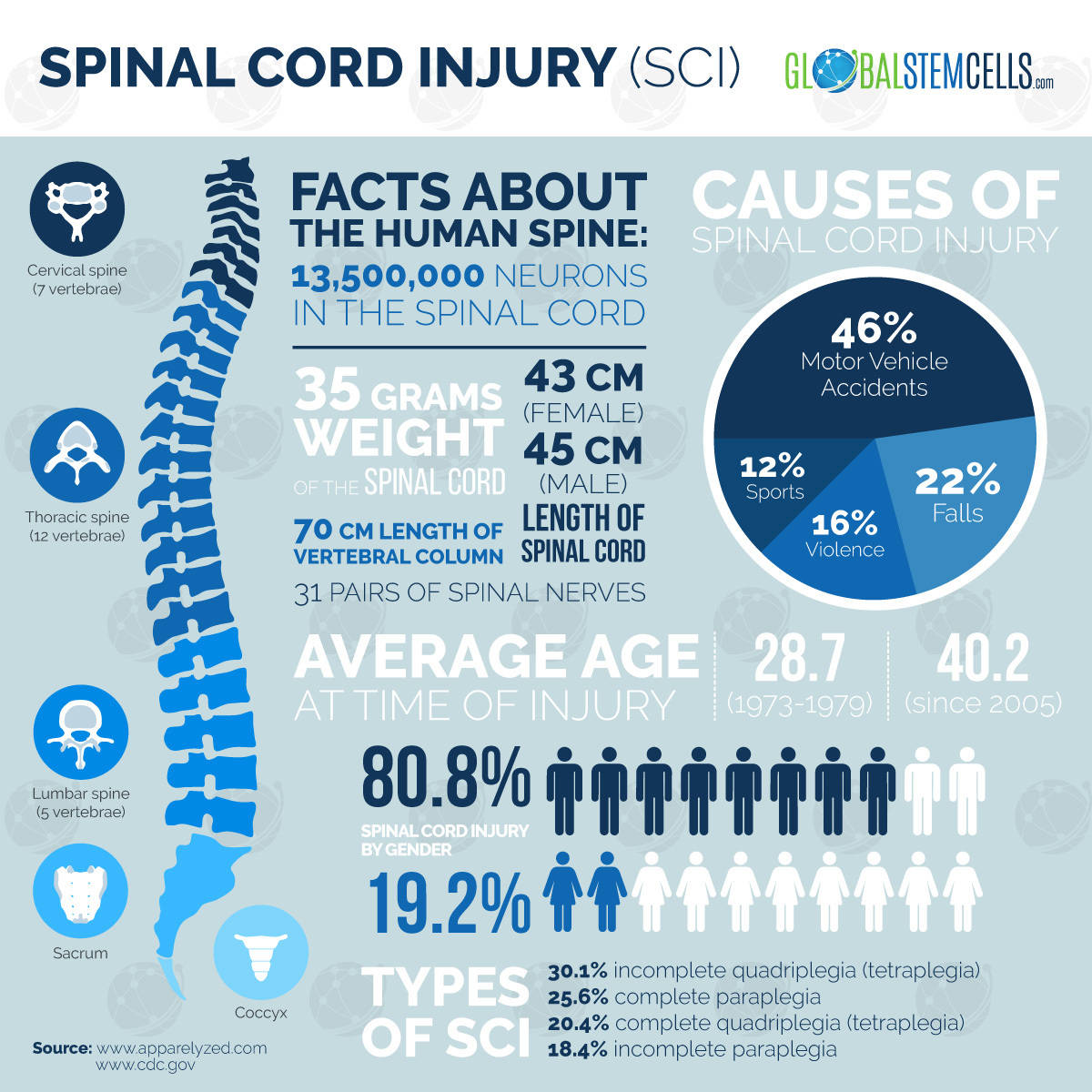
Depending on the level of severity, there are a variety of symptoms patients will experience, some of the which include loss of movements in the legs or both arms and legs, loss control over bladder and bowel movement, muscle atrophy, and many more.
Although many people deem Spinal Cord Injuries to be untreatable, Cellular Therapy has proven to alleviate several symptoms the patients might have.


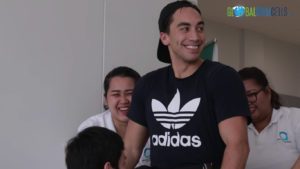


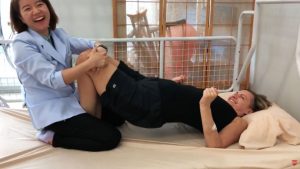
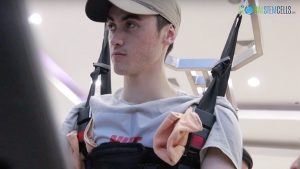
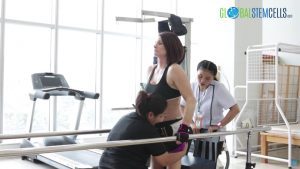
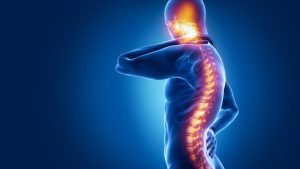
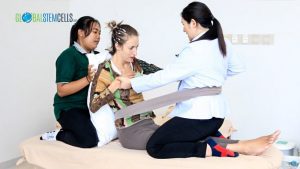

 English
English